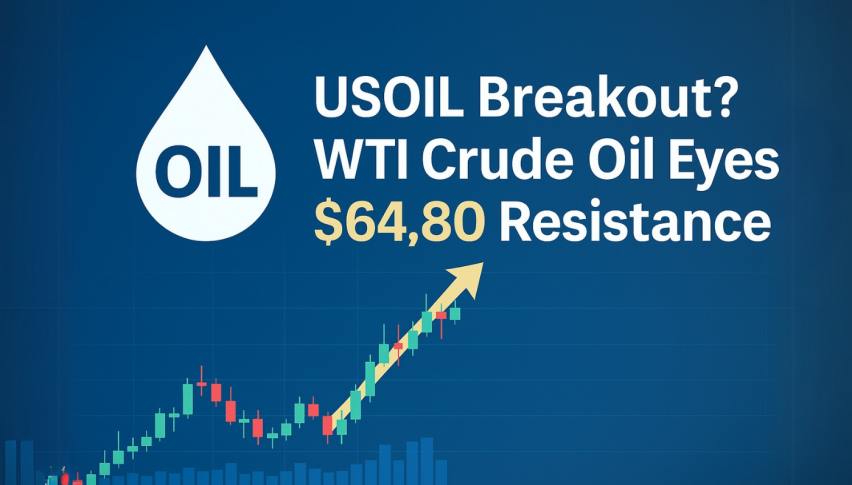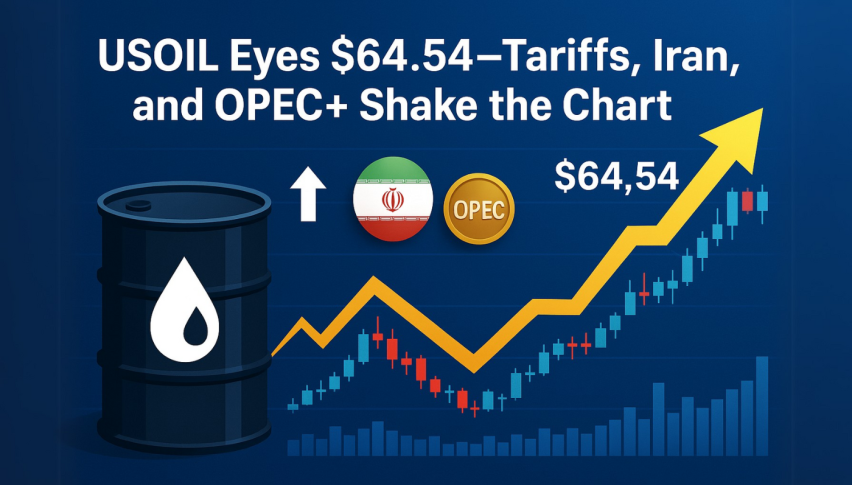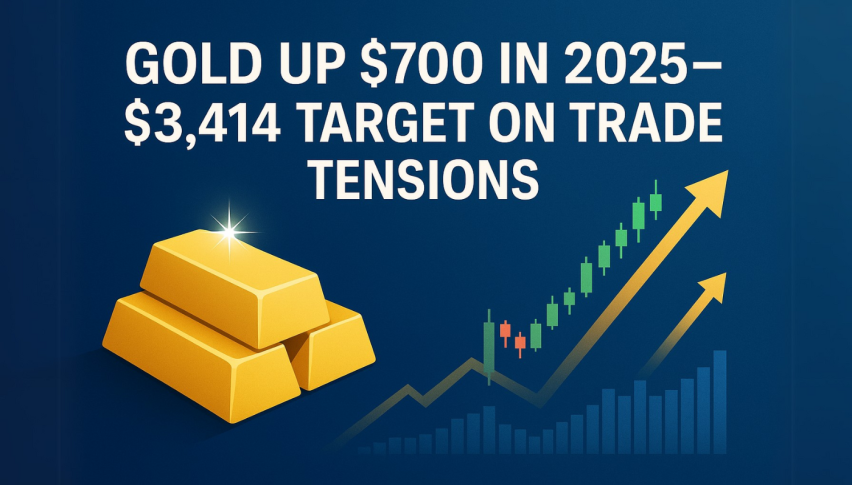Oil Prices to Resume Decline As Retrace Up Ends at Resistance
Recently, crude oil prices have made a recovery, climbing back above $70, but buyers are facing a tough challenge at the $72.50 resistance.

Over the past two weeks, crude oil prices have made a solid recovery, climbing back above the $70 level after falling to $60 lows in August. However, buyers are facing a tough challenge at the $72.50 resistance zone, which has repeatedly blocked further upward movement. As a result, sellers are starting to return to the market. One of the main reasons for this is the continued weakness in the global economy, particularly in China.

On the daily chart, it appears that the previous support level around $72.50 has now become a point of resistance. Additionally, the stochastic indicator is showing that the market is overbought, suggesting that the recent upward retracement is likely complete, and a new downward move could be on the horizon.
WTI Oil Chart Daily – The Support Turns Into Resistance
This recent pullback higher was supported in part by OPEC+ delaying their planned increase in production for October, as well as the partial suspension of operations in the Gulf of Mexico due to an approaching hurricane. Despite these factors, the global economic downturn continues to weigh on the market, with weak manufacturing and services PMI reports reinforcing concerns.
China, which used to be a major driver of global oil demand, is now a key factor holding back the market. The International Energy Agency (IEA) recently downgraded its forecast for China’s oil demand growth in 2024 to just 180,000 barrels per day. Global demand growth is also expected to slow, with a projected increase of only 900,000 barrels per day. Looking ahead, the rejection at the $72.50 level and ongoing concerns about the health of the global economy suggest that WTI crude oil prices could fall back to the lows seen in early September. Recent inventory data from the Energy Information Administration (EIA) also adds to the bearish outlook for oil prices.
EIA Crude Oil Inventories for Last Week
- EIA Crude Oil Inventories (Last Week):
- Crude oil inventories fell by -4.471 million barrels, significantly more than the estimated -1.354 million barrels
- This larger-than-expected drawdown indicates strong demand or reduced production
- Gasoline Inventories:
- Gasoline inventories declined by -1.538 million barrels, much greater than the expected -0.021 million barrels
- The larger draw suggests increased gasoline consumption, potentially driven by seasonal demand or higher travel activity
- Distillate Inventories:
- Distillates saw a reduction of -2.227 million barrels, compared to the forecasted -1.637 million barrels
- Distillates, including diesel and heating oil, are critical for industry and heating, and this draw indicates robust demand ahead of colder months
- Cushing, OK Inventories:
- Cushing inventories rose by +0.116 million barrels, a reversal from the previous week’s -1.979 million barrels
- This increase could suggest a buildup in reserves at this key delivery point for U.S. crude futures, although the rise is modest
Overall, the larger-than-expected drawdowns across crude, gasoline, and distillates point to strong demand across energy products. However, the slight inventory build in Cushing suggests that some strategic reserves are being replenished, likely as a buffer against future volatility. This tightening in oil supply, coupled with consistent demand, could provide support for higher oil prices in the near term.
US WTI Crude Oil Live Chart
- Check out our free forex signals
- Follow the top economic events on FX Leaders economic calendar
- Trade better, discover more Forex Trading Strategies
- Open a FREE Trading Account




